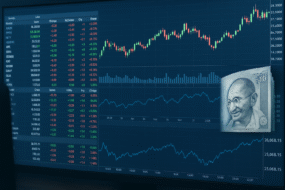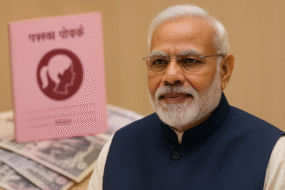Gold has surged back into global focus as prices touched record highs in early 2025, driven by inflation pressures, geopolitical instability, and weakening confidence in major currencies. New data from BullionVault shows that central banks across the world are purchasing gold at a pace not seen since the late 1960s, with official reserves becoming more concentrated among a small group of powerful nations.
US and Europe Remain the Core of Global Gold Power
The United States continues to dominate global gold holdings with 8,133.5 tonnes, a stockpile valued at over $1 trillion. Most of this gold is stored in Fort Knox, the New York Fed, and the Denver Mint. The country’s reserves have remained unchanged for decades, reflecting a long-term commitment to maintaining gold as a strategic asset.
Europe forms the second major pillar of the global gold system.
- Germany: 3,351.6 tonnes
- Italy: 2,451.9 tonnes
- France: 2,437 tonnes
These holdings, accumulated over decades and rooted in the Bretton Woods era, remain vital to Europe’s monetary credibility. Together, Europe’s leading economies rival the US in total gold reserves.
Despite currency fluctuations and debt expansion, neither the US nor Europe has reduced its gold exposure—signaling its continued relevance as the world’s ultimate financial backstop.
🪙 Top 10 Gold Reserve Holders in 2025
- United States — 8,133.5 tonnes
- Germany — 3,351.6 tonnes
- Italy — 2,451.9 tonnes
- France — 2,437 tonnes
- China — 2,279.6 tonnes
- Russia — ~2,300 tonnes (not updated in article but historically known)
- Switzerland — 1,039.9 tonnes
- India — 876.2 tonnes
- Japan — 846 tonnes
- Turkey — 595.4 tonnes
🌏 Asia’s Accelerating Gold Accumulation
Asia’s growing economic influence is now reflected in its gold policies.
China added 331 tonnes between 2019 and 2024, raising its reserves to 2,279.6 tonnes. This aligns with Beijing’s long-term strategy to diversify away from the US dollar and reduce exposure to US Treasuries.
India, holding 876.2 tonnes, has significantly increased purchases in recent years as the Reserve Bank of India strengthens its buffer against currency volatility.
Japan follows with 846 tonnes, maintaining its long-standing presence in the global gold market.
Emerging economies such as Turkey, Poland, Saudi Arabia, Uzbekistan, Thailand, and Kazakhstan have also stepped up gold buying to manage inflation, protect their currencies, and mitigate geopolitical risk.
💡 Smaller Nations Quietly Build Strong Reserves
Switzerland remains a major holder with 1,039.9 tonnes, consistent with its role as a global financial hub. Uzbekistan has expanded reserves to 382.6 tonnes, while Saudi Arabia holds around 323.1 tonnes.
These countries continue to see gold as a vital hedge—especially amid fluctuating oil prices, shifting alliances, and weakening fiat currencies.
🌍 A Concentrated System, With the West Still in Control
Despite rapid accumulation in Asia, the global gold landscape remains highly skewed:
The US and Europe control over 60% of all reported official gold reserves.
This dominance continues to shape worldwide financial policy and currency dynamics. While China, India, and emerging markets are narrowing the gap, it could take decades for global gold power to shift away from traditional financial centers.
🔮 What the 2025 Rankings Reveal About the Future
The updated gold reserve rankings highlight a world preparing for prolonged uncertainty. With inflation elevated, geopolitical blocs hardening, and trust in major fiat currencies declining, central banks are strengthening their defenses the traditional way—by accumulating gold.
While gold no longer anchors global currencies as it did under Bretton Woods, its role as a neutral, stable store of value has re-emerged. The West remains firmly dominant, but Asia’s steady buildup hints at long-term shifts in the global financial landscape.






One reply on “World Gold Reserves 2025: US Leads, Europe Holds Strong, Asia Rapidly Expands Its Bullion Stockpile”
[…] Originally published on 24×7-news.com. […]